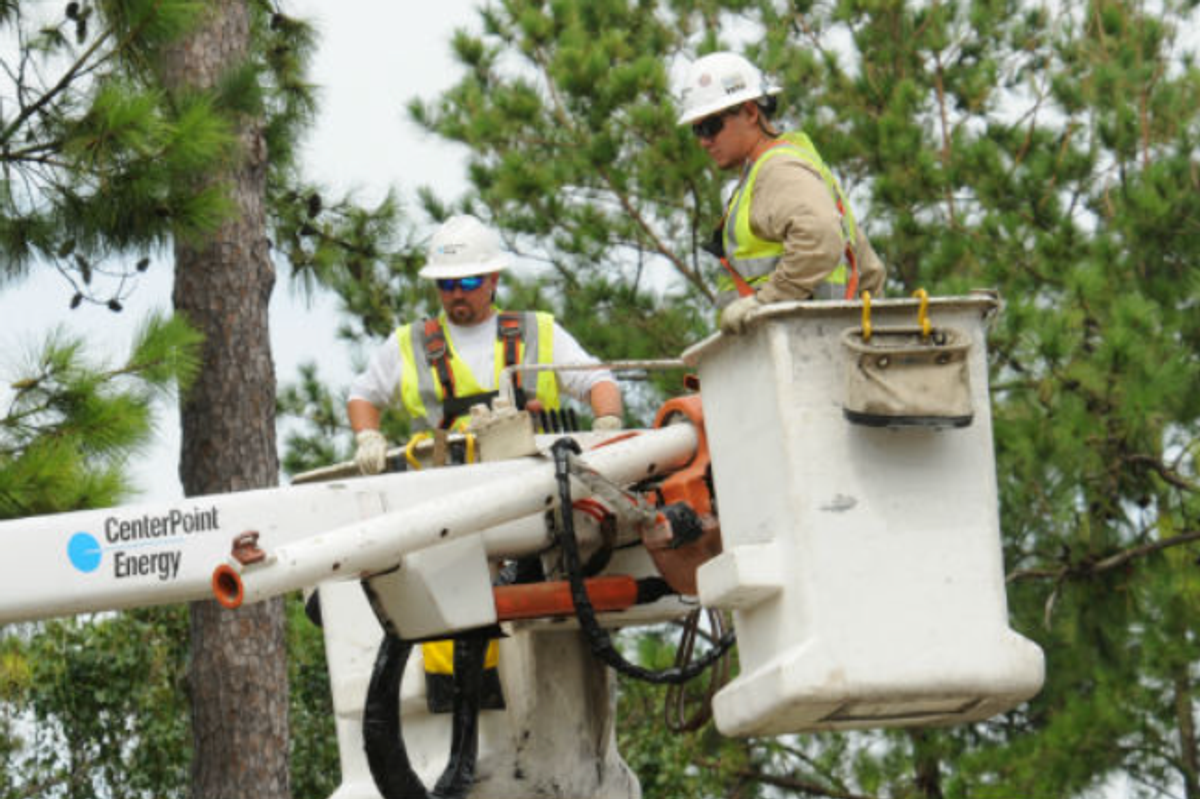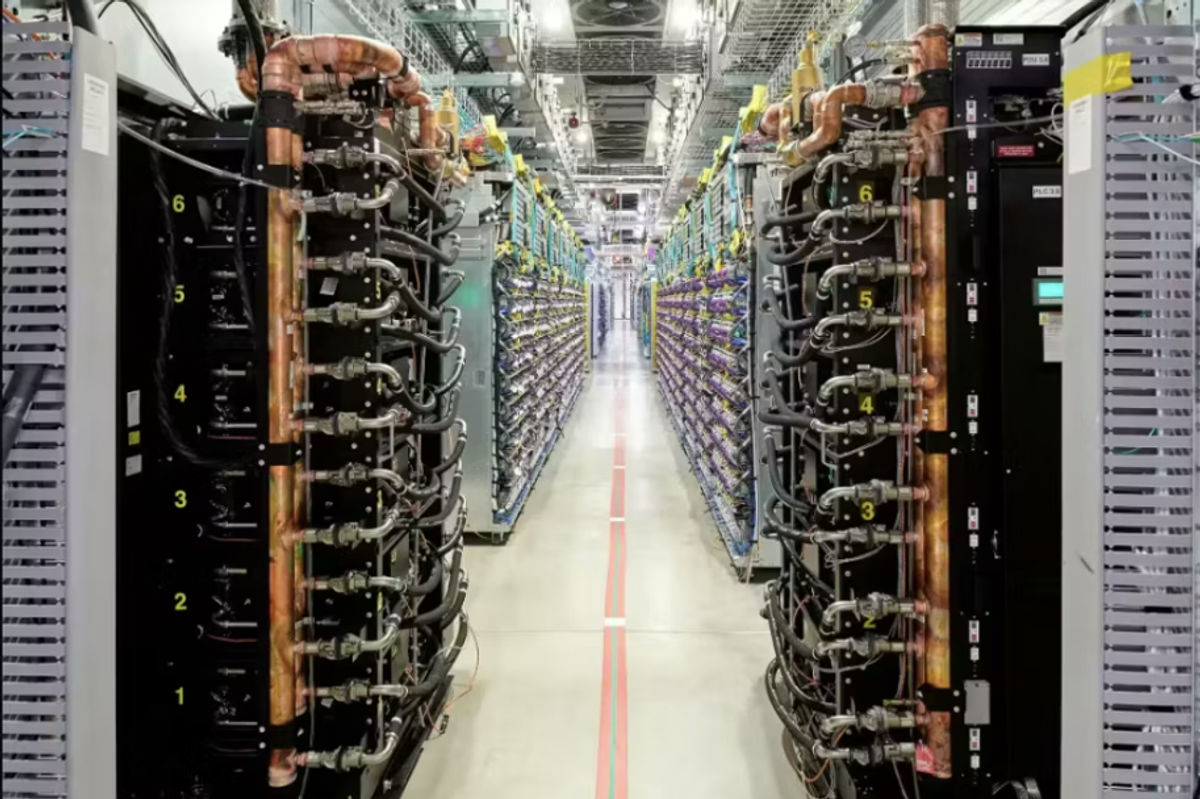Editor's note: The year is coming to a close, but there are still exciting energy events to attend in Houston this month. Mark your calendar now for pitch days, seminars, networking, and Reuters Energy LIVE 2025.
Dec. 4 — Resiliency & Adaptation Sector Pitch Day
Join innovators, industry leaders, investors, and policymakers as they explore breakthrough climate and energy technologies at Greentown Labs' latest installment of its Sector Pitch Day series, focused on resiliency and adaptation. Hear from Adrian Trömel, Chief Innovation Officer at Rice University; Eric Willman, Executive Director of the Rice WaTER Institute; pitches from 10 Greentown startups; and more.
This event is Thursday, Dec. 4, from 1-3:30 p.m. at the Ion. The Ion Holiday Block Party follows. Register here.
Dec. 8 — Pumps & Pipes Annual Event 2025
The annual gathering brings together cross-industry leaders in aerospace, energy and medicine for engaging discussions and networking opportunities. Connor Grennan, Chief AI Architect at the NYU Stern School of Business, will present this year's keynote address, "Practical Strategies to Increase Productivity." Other sessions will feature leaders from Cena Research Institute, NASA Ames Research Center, ExxonMobil, Southwest Airlines, and more.
This event is Monday, Dec. 8, from 8 a.m.-5 p.m., at TMC Helix Park. Register here.
Dec. 9 — Energy in Action Seminar
The Energy Transition Institute hosts a monthly Energy in Action Seminar focused on the digitization of the global energy transition. This month's topic is "Exploring AI’s Impact on the Fuels & Petrochemicals Industry," featuring speaker Leo Chiang, Senior Director of Corporate Technology at The Lubrizol Corporation. The event includes a one-hour talk followed by an hour of networking.
This event is Dec. 9 from 4-6 pm at the University of Houston.
Dec. 9-10 — Energy LIVE 2025
Energy LIVE is Reuters Events' flagship conference and expo that brings the full energy ecosystem together under one roof in Houston to solve the industry's most urgent commercial and operational challenges. The event will feature 3,000-plus senior executives across three strategic stages, a showcase of 75-plus exhibitors, and six strategic content pillars.
This event is Dec. 9-10 at NRG Park. Register here.
Dec. 11-12 — Fundamentals of The Texas ERCOT Electric Power Market
This two-day seminar provides a comprehensive overview of the structure, function, and current status of the Texas ERCOT ISO. Attendees will gain an understanding of the dynamic Texas wholesale and retail competitive markets, and learn how these markets interface with ERCOT ISO energy auctions and ISO operations. This two-day event will also address the rapidly expanding new market opportunities in Texas renewables, distributed generation, demand response, and demand side management, and more.
This event is Dec. 11-12 at the Courtyard Marriott Houston near the Galleria. Register here.
Dec. 9-11 — AST Conference & Trade Show
The 18th Annual National Aboveground Storage Tank (AST) Conference & Trade Show is the premier event for professionals in storage tank and terminal operations. Join industry leaders and experts for a three-day conference providing regulatory updates, technical insights, hands-on learning, and networking opportunities.
This event is Dec. 9-12 at The Woodlands Waterway Marriott. Register here.










